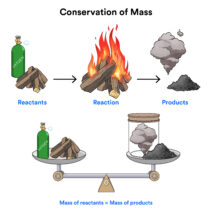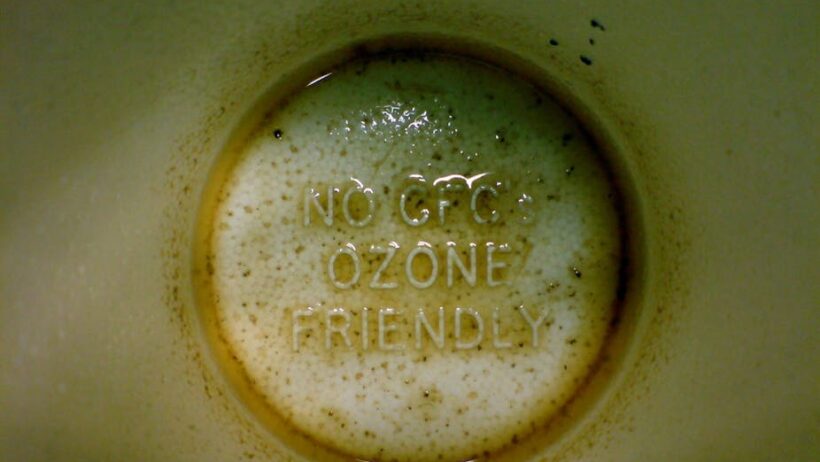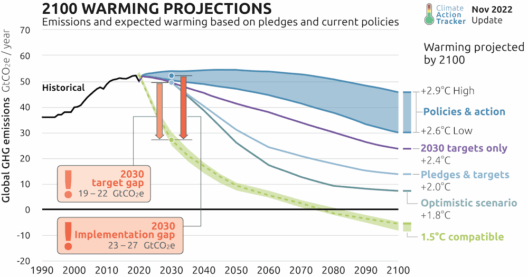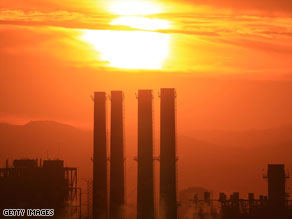Chlorofluorocarbons, commonly abbreviated as CFCs, are a class of compounds that have significantly influenced our environment, particularly in the context of climate change. Understanding their role in global warming invites a confluence of science and activism, revealing the intricate web of chemical interactions that underpin our atmospheric health.
Firstly, CFCs were engineered for various industrial and commercial applications, predominantly as refrigerants, propellants in aerosol sprays, and solvents in the manufacturing processes. Their chemical stability and non-flammability made them appealing for widespread use from the mid-20th century. However, this very stability is a double-edged sword. It allows CFCs to persist in the atmosphere for decades, if not longer, which is pivotal in comprehending their long-term impact on climate change.
These molecules, once released into the atmosphere, ascend into the stratosphere, where ultraviolet (UV) radiation catalyzes their breakdown. Once decomposed, CFCs release chlorine atoms. A single chlorine atom can destroy thousands of ozone molecules, contributing to significant ozone layer depletion. This depletion leads to increased levels of UV radiation reaching the Earth’s surface, exacerbating issues such as skin cancer and ecological disturbances. However, the connection to global warming is equally concerning and deserves meticulous exploration.
The greenhouse effect is a natural process where certain gases trap heat in the atmosphere, maintaining temperatures that support life. CFCs are potent greenhouse gases, albeit not in the conventional sense of carbon dioxide or methane. Their global warming potential (GWP) is staggering; some CFCs can be thousands of times more effective at trapping heat compared to carbon dioxide over a 100-year period. For instance, CFC-12 has a GWP exceeding 10,000. This exorbitant capability arises from their unique molecular structure, which allows them to absorb infrared radiation with incredible efficacy.
This infrared absorption mechanism operates through vibrational transitions of the CFC molecules. When CFCs are struck by infrared radiation emitted from the Earth, their bonds vibrate energetically, effectively trapping heat within the atmosphere. Consequently, while the quantity of CFCs may be lower than carbon dioxide, their remarkable potency is alarming. The ongoing atmospheric accumulation of these substances has led to heightened global temperatures, exacerbating climate phenomena such as extreme weather events and altered precipitation patterns.
The curious aspect of CFCs lies in their historical trajectory. In the 1980s, awareness of their detrimental impact on the ozone layer prompted global action via the Montreal Protocol, an international treaty aimed at phasing out the production and consumption of ozone-depleting substances. This collective effort marked a significant environmental victory, resulting in a gradual decrease in CFC concentrations in the atmosphere. However, the remnants of past emissions continue to permeate our climate system, serving as a persistent reminder of the long-lasting consequences of human activity.
Despite the progress made, the ongoing discovery of new sources and substitutes for CFCs has reignited concerns. Hydrofluorocarbons (HFCs), for instance, emerged as replacements. Initially touted as environmentally harmless, many HFCs possess high GWP values. This shift raises questions about the adequacy of regulations and the effectiveness of chemical substitutes. It emphasizes the necessity for a comprehensive approach to global warming—one that scrutinizes not just the use of singular substances, but the broader ecological footprint of human industrial processes.
The implications of continuing reliance on such greenhouse gases extend beyond mere statistics. They manifest in observable consequences affecting weather patterns, ecosystems, and human livelihoods. As CFCs continue to influence global warming, they interact with other greenhouse gases, creating a feedback loop that compounds environmental challenges. The resultant severe weather events, rising sea levels, and biodiversity loss signal a pressing call to action for policymakers, industries, and individuals alike.
Encouragingly, the narrative surrounding CFCs and climate change is not entirely bleak. The adoption of alternative refrigerants, enhanced regulatory frameworks, and technological advancements in renewable energy promise a resilient future. Furthermore, public awareness campaigns can galvanize community action, fostering a culture of sustainability and environmental stewardship. The shift in perspective regarding CFCs offers a unique opportunity to invigorate dialogue around climate change, emphasizing that collective responsibility is paramount in addressing such a pervasive issue.
Nevertheless, it is incumbent upon us to remain vigilant. The journey toward mitigating the effects of CFCs and their contributions to global warming is ongoing. Continuous research is essential to understand the multifaceted implications these compounds wield on our environment. Meaningful change hinges upon an informed populace willing to embrace innovative solutions and advocate for policies that prioritize ecological health.
In summation, the role of CFCs in global warming unfolds as a complex narrative laden with cautionary tales and hopeful futures. Acknowledging their historical misuse while fostering advancements in climate science elucidates the path forward. By challenging entrenched perspectives and weaving together scientific understanding with impactful activism, we can confront this formidable challenge—ensuring a livable planet for generations to come.







